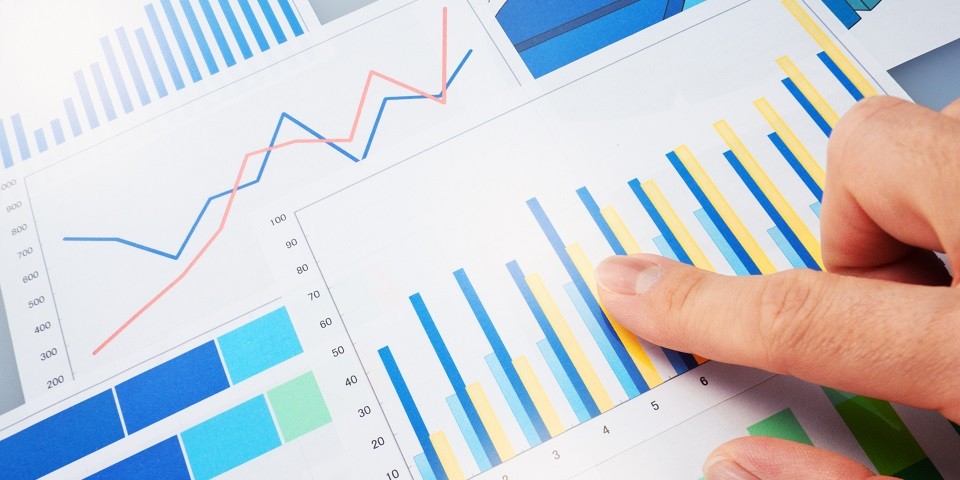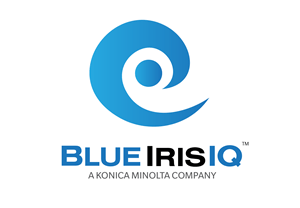Meanwhile, technological change is a source of uncertainty and financial instability.
The S&P 500 finished February up 28% from year-ago levels, a strong but not extraordinary financial market performance. Other indexes, including the Dow Jones Industrial Average and the NASDAQ, hit record highs at various points in February. A striking feature of the current market has been the exceptional performance of the stocks of the companies with the greatest capitalization.
The five companies with the highest market capitalization (Microsoft, Apple, Nvidia, Amazon, and Alphabet) collectively accounted for about half of the appreciation of the S&P 500 in the past year. Their total market capitalization stood at a level equal to slightly more than 40% of GDP. Such levels of concentration are unusual.
The Impact of Star Companies
Every generation has star companies that grow rapidly and become the most highly capitalized of their time. In the 1950s, the five companies with the largest market capitalization were AT&T, General Motors, Exxon, Dupont, and General Electric. While these companies continue to be important parts of the economy, there is a certain amount of turnover in the ranks of the top five each decade.
In his book “The Great Reversal: How America Gave Up on Free Markets,” the economist Thomas Philippon provided data on the market capitalization of the top 5 companies as a proportion of GDP for each decade since the 1950s. The proportion ranged from a high of 28% in the 1950s to a low of 8% in the 1990s. In most decades, this proportion has been 10 to 20%. The current market capitalization of the top 5 companies slightly exceeds 40% of GDP.
This is unusual by historical standards. It would appear that financial markets are saying that those companies and perhaps a small number of others are poised to reap an unusually large proportion of the growth in profits that will take place in the coming decades.
Technological Change and the Financial Market
In addition to being a source of growth, technological change is often a source of uncertainty and financial instability. It can be obvious that certain changes are likely to be important, but the magnitude of the effects on the economy and profitability of individual companies or sectors can be very difficult to project.
This combination can lead to financial bubbles. Railroads, which spurred economic growth in many parts of the world, have been associated with financial bubbles and spectacular economic busts in their aftermath. More recently, the second half of the 1990s saw a bubble (sometimes referred to as the dot-com bubble) associated with technology stocks. The bursting of this bubble contributed to the 2001 recession.
The Impact of Artificial Intelligence
It seems likely that artificial intelligence is ushering in an important new phase of the Information Revolution. Nevertheless, it is extremely difficult to assess how large its impact will be both in absolute terms and relative to other important technological advances of prior decades and centuries. It is also very difficult to assess where the benefits will flow. The equity market’s apparent conclusion that the flow of benefits will be unusually concentrated in a relatively small number of companies is an unusual phenomenon and deserving of critical scrutiny.
Two considerations push back against this conclusion. One is that the returns on research and development have generally been falling in recent decades. The share of GDP devoted to research and development has grown rapidly without bringing about an acceleration in productivity growth. Perhaps that acceleration is around the corner. Or perhaps not. The second consideration is that past surges in economic growth from important technological innovations have involved those innovations becomes widely dispersed across various sectors in the economy. As a result, the growth in profits has not been severely restricted to a small number of companies. It seems likely that this pattern will be repeated if the promise of artificial intelligence pans out.
Too Soon to Tell
It may be difficult for financial markets at this early stage to identify which sectors will benefit most from advances related to artificial intelligence and adjacent technologies. But the markets are quite likely wrong to think that those beneficial effects on corporate profit growth will be concentrated in a small number of companies. It may be making the opposite mistake from the one seen during the dot-com bubble, when too many relatively immature, obscure, and unprofitable companies were projected to grow into the next superstars.
It is worth noting that Thomas Philippon’s data on the ratio of market valuation of the five most valuable companies to GDP show that the 1990s were the lowest decade, with those five companies’ market value coming in at 8% of GDP. At the moment, we are seeing the extreme in the other direction, with the valuation of the top five companies coming in at about 40% of GDP.
The markets were too optimistic about the prospects of many relatively small and obscure companies during the 1990s. Today’s market may be underrating the potential of those types of companies or the possibility that unglamorous companies operating in seemingly mature industries might benefit greatly from AI while overrating the ability of the big well-known companies that appear to be leading the charge towards the AI future to capture most of the economic value associated with it.





